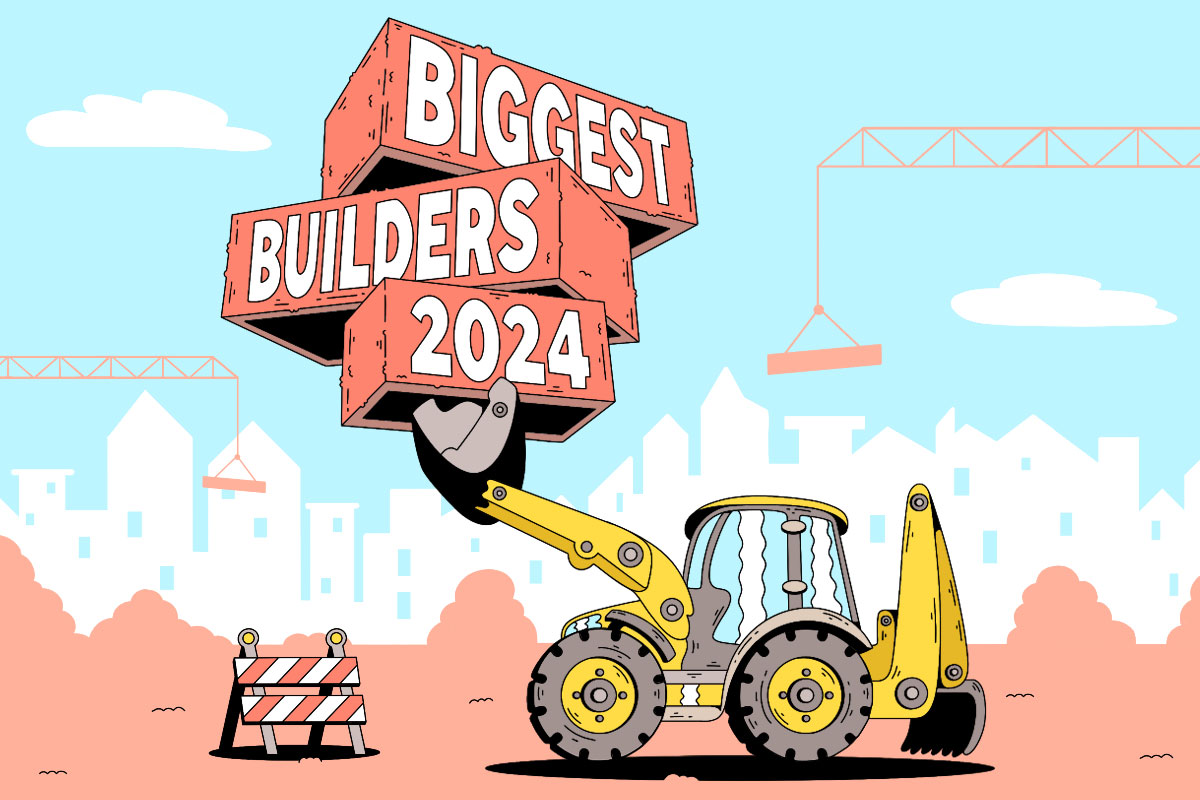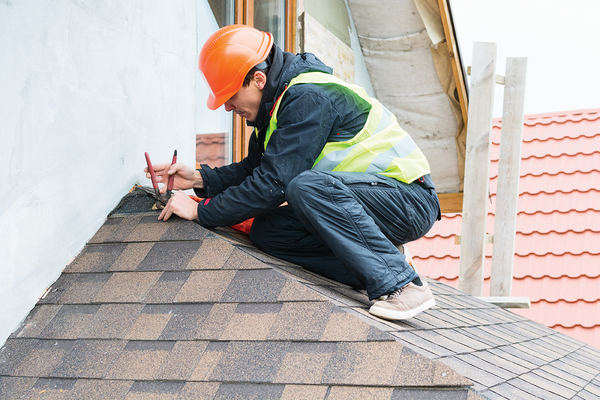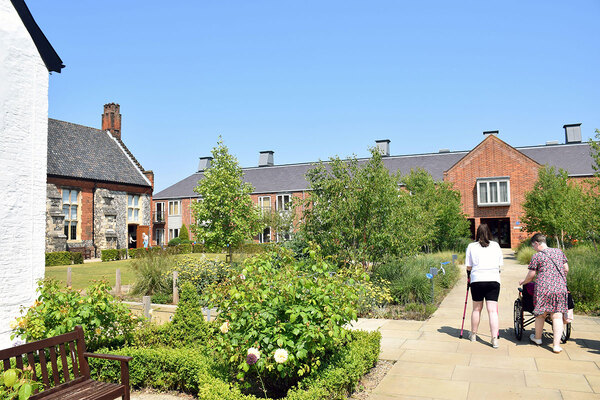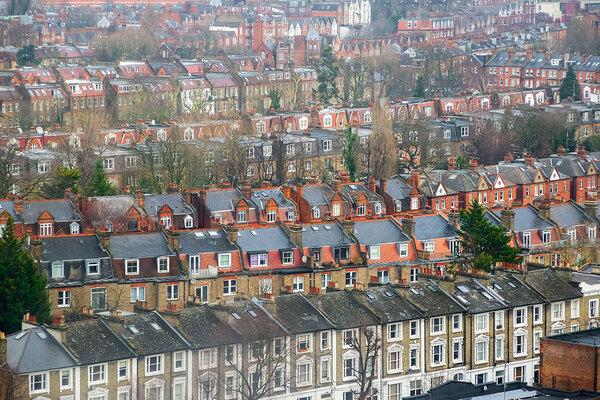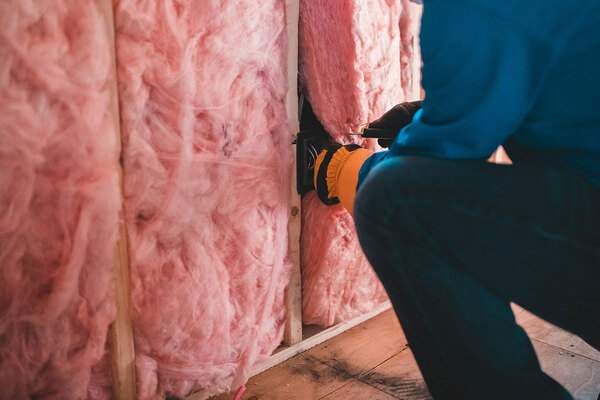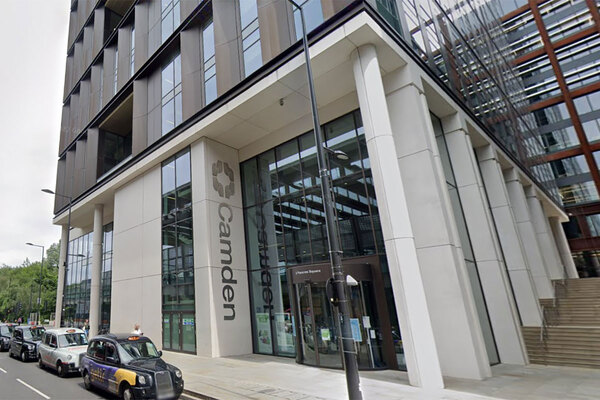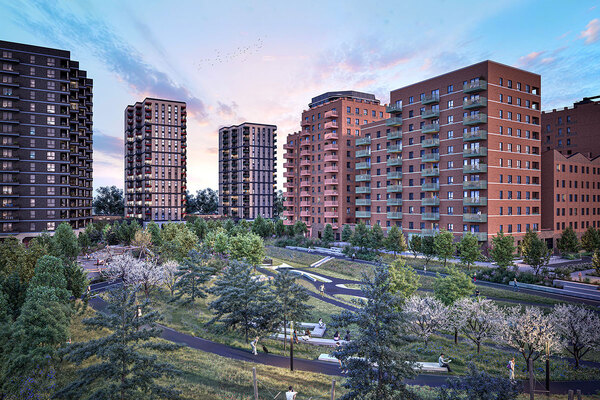3D visualisation can open the door to a more sustainable and healthier future for social housing
Martin Huber, chief executive and co-founder of Metaroom by Amrax, discusses how 3D visualisation can lead to more innovative and efficient building layouts
Operational carbon emissions – that is, the heating, cooling and lighting of buildings – account for approximately 28% of global emissions each year, according to the US government.
That is a staggering amount. To put it into context, it’s just shy of the 30% contribution from all the planes, trains, trucks and cars in the world.
While sales of electric vehicles are soaring, a report by the World Green Building Council found that well under 1% of the world’s commercial buildings and homes were net zero.
In the UK, more than 4 million, or 17%, of all homes are classed as social housing. Of that, only half have an Energy Performance Certificate rating above Band C.
As the UK is committed to net-zero targets of no carbon emissions from publicly owned buildings by 2050, there’s clearly a lot of work to be done. While much of the debate around reducing energy costs has focused on bigger-ticket initiatives, such as installing heat pumps or insulation, significant benefits could be generated through incremental changes leveraged by technology.
Enter advances in design and visualisation tools. Digitisation and building information modelling (BIM) is propelling architecture, engineering and construction towards efficiency, collaboration and sustainability.
3D modelling and visualisation is increasingly being used in the design and construction process. Now, with the growth in the power of AI, designers and building owners have unprecedented insights into how the layout of their buildings influences a huge range of factors, including energy consumption, maintenance, health and sustainability.
“Tools like virtual modelling can take these proposed changes or design ideas and allow stakeholders to see how they work in practice”
The combination of spatial data and AI is a powerful cocktail. First, an astonishing number of data points can be collected that really drill down into how buildings are used in practice – everything from the route people take through an estate, to which windows lose the most heat, the efficiency of insulation or the impact of shared space lighting.
This information, coupled with predictive analytics, can be used to inform changes to design that make building layouts more ergonomic, efficient and functional.
Crucially, tools like virtual modelling can take these proposed changes or design ideas and allow stakeholders to see how they work in practice. Everyone can work across the project lifecycle, from owners to building managers.
Shared digital representations allow teams to visualise, simulate and analyse design and construction or renovation decisions in real time, ensuring alignment of vision and reducing costly error. Innumerable tweaks can be made to marry what would work best in theory with practical reality.
This is no small thing. It is manifestly different experiencing a design in 3D, virtual or augmented reality versus seeing it on a flat screen or piece of paper.
This ease of collaboration and experimentation vastly reduces the time, cost and risk associated with designing or renovating residences. As a result, there is no longer a balancing act for a public authority or building owner to strike between what they deem to be a safe, cost-effective solution and more complex considerations such as sustainability.
In short, every need can be factored into design and adequately balanced to get the best outcome possible.
It also enables the implementation of incremental changes, such as experimenting with new lighting solutions that reduce costs, while also improving the health of living spaces.
Owners of social housing do not have to guess what the impact could be or go through lengthy pilot projects. They can mitigate all the risk through virtualisation, tailor their solutions to each building and roll out these changes at much reduced costs and timelines.
“Eventually, the majority of buildings will be embedded with smart devices and beacons that will monitor energy consumption and a range of other factors in real time”
Besides sustainability, a major consideration is the health of homes for residents. There has been a number of cases of mould and damp having dire consequences for the occupier. 3D modelling can identify problems with air flow and ventilation in existing buildings that contribute to these problems and provide low-cost and clever solutions.
The entire lifecycle of a building can also be managed better. BIM has expanded beyond the design and construction phase to encompass models for maintenance and space utilisation. A host of promising products, including Nemetschek dTwin, Autodesk Tandem and Catenda Duo, have entered this segment and gained serious traction.
And that’s just the start. Eventually, the majority of buildings will be embedded with smart devices and beacons that will monitor energy consumption and a range of other factors in real time. When combined with AI automation and visualisation platforms, we’ll have an incredibly powerful set of tools to create ultra-efficient and highly responsive ‘living buildings’ that will use considerably less energy and resources to maintain.
With AI, spatial data and 3D visualisation advancing hand-in-hand, the speed and precision of room and building design and ongoing maintenance are only going to accelerate. In the not-so-distant future, machine-learning algorithms will be powerful enough to create design proposals with optimal efficiency.
For local authorities and housing associations there is a huge opportunity to leverage tech to make small but powerful changes across their housing stock.
Not only will this help meet net-zero targets, it will help tackle fuel poverty, improve the longevity of buildings, improve the health and well-being of residents and reduce overall construction and maintenance costs.
Sign up for our asset management newsletter
Already have an account? Click here to manage your newsletters




